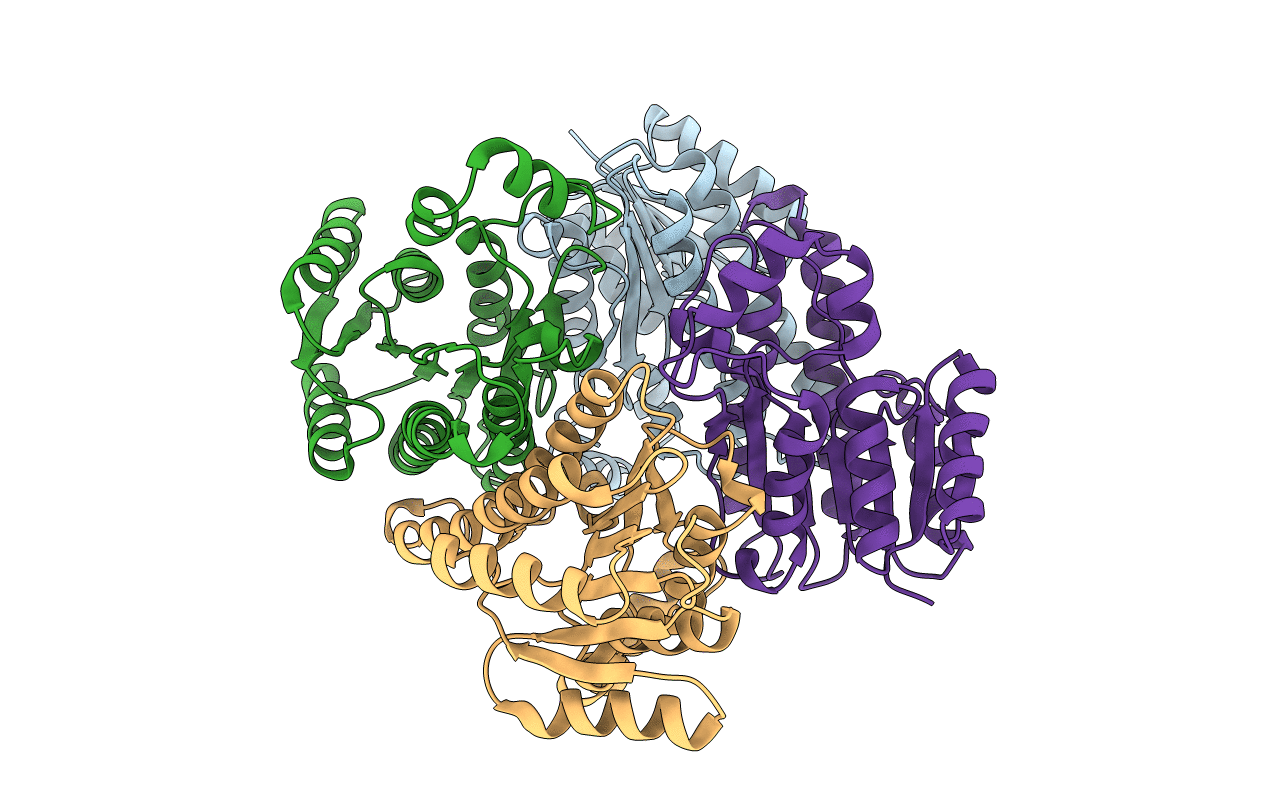
Deposition Date
2019-08-01
Release Date
2019-08-14
Last Version Date
2023-10-25
Entry Detail
PDB ID:
6PZM
Keywords:
Title:
Putative SDR from Acinetobacter baumannii Crystal Form 1
Biological Source:
Source Organism:
Acinetobacter baumannii (Taxon ID: 470)
Host Organism:
Method Details:
Experimental Method:
Resolution:
2.10 Å
R-Value Free:
0.21
R-Value Work:
0.18
R-Value Observed:
0.18
Space Group:
P 21 21 21


